1.REDRAGON Leptis QHD 27 75 HZ BM27V9Q
Redragon BM27V9Q, which delivers stunning pictures. Enjoy realistic graphics, razor-sharp details, and brilliant colors that give your games an unmatched clarity.
2. Smooth 75Hz Refresh Rate: Take advantage of the BM27V9Q’s outstanding 75Hz refresh rate for fluid games. Enjoy fluent animation and responsiveness that puts you ahead in fast-paced games and bid adieu to screen tearing and latency.
3. Immersive Gaming Performance: The Redragon BM27V9Q’s quick response time guarantees that your actions are carried out quickly and precisely, giving you an immersive gaming experience that improves your abilities.
2.LED-backlit display
A “LED-backlit display” refers to a type of display technology commonly used in modern monitors, TVs, and other electronic screens. Here is some general information about LED-backlit displays:
1. Lighting Technology: LED stands for “Light Emitting Diode.” In LED-backlit displays, LEDs are used to provide the lighting for the screen. They replace older technologies like CCFL (Cold Cathode Fluorescent Lamp) backlights.
2. Brightness: LED-backlit displays tend to be brighter compared to older technologies, which results in better visibility and image clarity, especially in well-lit environments.
3. Energy Efficiency: LEDs are highly energy-efficient, meaning they consume less power compared to other backlight technologies. This can result in lower energy costs and reduced environmental impact.
4. Thin and Lightweight: LED backlighting allows for thinner and lighter displays because the LED modules are smaller and more compact than traditional CCFL tubes.
5. Improved Color Accuracy: LED-backlit displays often provide better color accuracy and a wider color gamut, resulting in more vibrant and lifelike images.
6. Longer Lifespan: LEDs typically have a longer lifespan than CCFL backlights, which means the display may require less maintenance and is less likely to suffer from backlight failures.
7. Dimming Control: LED-backlit displays often have the capability for precise dimming control, allowing for better black levels and contrast in different scenes.
8. Types of LED Backlighting: There are two main types of LED backlighting: edge-lit and direct-lit. Edge-lit LEDs are positioned around the edges of the display, while direct-lit LEDs are spread evenly behind the entire screen. Direct-lit displays can offer better uniformity and local dimming capabilities.
Please note that the specific features and characteristics of a LED-backlit display can vary depending on the manufacturer and the product model.
It’s always a good idea to refer to the product’s specifications and user manual for detailed information about the LED-backlit display in question.
contact us for specific products is typically provided on the official website of the manufacturer or the retailer selling the product.
I recommend visiting the official REDRAGON website or contacting the retailer where you intend to purchase the monitor to find the most up-to-date contact information.
3.High-quality gaming display
A high-quality gaming display refers to a monitor designed to provide an exceptional gaming experience with excellent visual quality and performance. Here’s a description of the content you might find when considering a high-quality gaming display:
High-Resolution Display: A high-quality gaming display often features a high resolution, such as QHD (Quad High Definition) or 4K Ultra HD, which provides crisp and detailed visuals for a more immersive gaming experience.
Fast Refresh Rate: Gaming displays typically offer fast refresh rates, such as 144Hz, 240Hz, or even higher, to ensure smooth and fluid gameplay, reducing motion blur and ghosting.
Low Response Time: A low response time, usually measured in milliseconds (ms), is crucial for fast-paced gaming. High-quality gaming displays typically have a response time of 1ms or lower to minimize input lag and eliminate motion artifacts.
Adaptive Sync Technology: Many gaming monitors support technologies like AMD FreeSync or NVIDIA G-Sync, which sync the monitor’s refresh rate with the graphics card’s output to reduce screen tearing and stuttering.
High-Performance Panel Technology: Quality gaming displays often use advanced panel technologies such as IPS (In-Plane Switching) or OLED for vibrant colors, wide viewing angles, and accurate color reproduction.
HDR (High Dynamic Range): HDR support enhances the display’s contrast and brightness, providing a wider range of colors and improved visual depth for a more realistic gaming experience.
Variable Refresh Rate (VRR): VRR technologies like FreeSync and G-Sync dynamically adjust the monitor’s refresh rate to match the frame rate output by the GPU, resulting in smoother gameplay.
Low Input Lag: Minimal input lag is essential for responsive gaming. High-quality gaming displays are designed to minimize input delay, ensuring your actions are reflected on the screen as quickly as possible.
Customizable Lighting: Some gaming monitors feature customizable RGB lighting that adds a stylish and personalized touch to your gaming setup.
Multiple Connectivity Options: These displays typically offer a variety of input options, including DisplayPort, HDMI, and USB ports, to accommodate various gaming devices and peripherals.
Ergonomic Design: High-quality gaming displays often have adjustable stands for height, tilt, swivel, and pivot, allowing you to find the most comfortable viewing position.
Advanced Gaming Features: Some displays come with extra features like on-screen crosshairs, customizable gaming profiles, and gaming-specific display modes.
Sleek and Modern Design: Aesthetics also play a role, with many gaming monitors featuring a sleek and modern design to complement your gaming setup.
It’s important to note that the specific features and qualities of a high-quality gaming display can vary between models and manufacturers. When considering a gaming monitor, it’s advisable to read reviews, compare specifications, and choose one that best suits your gaming preferences and needs.











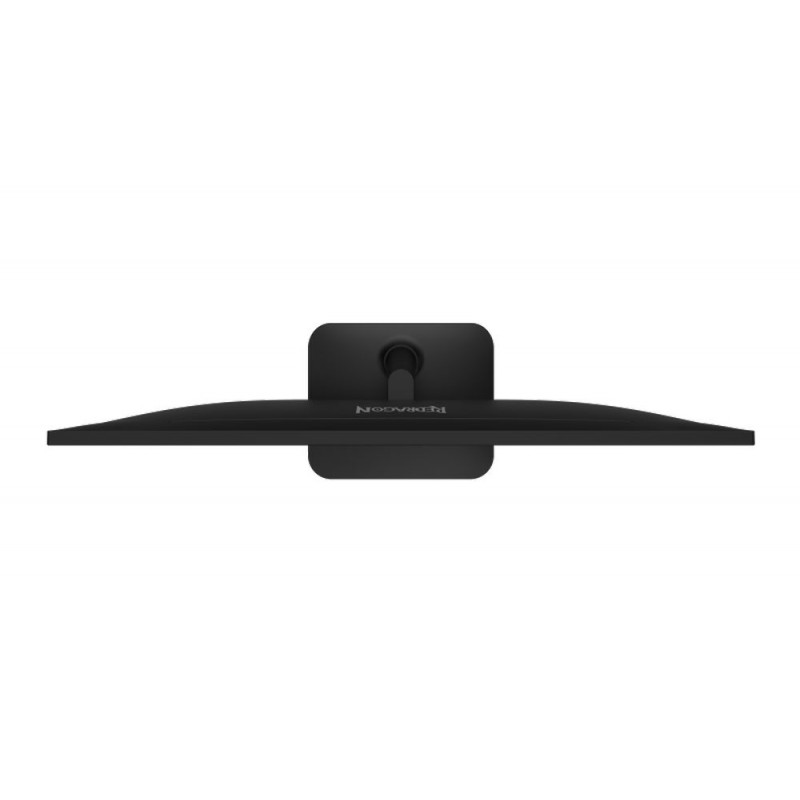
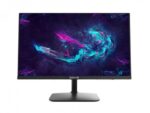
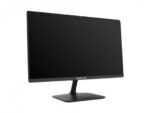
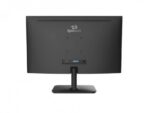


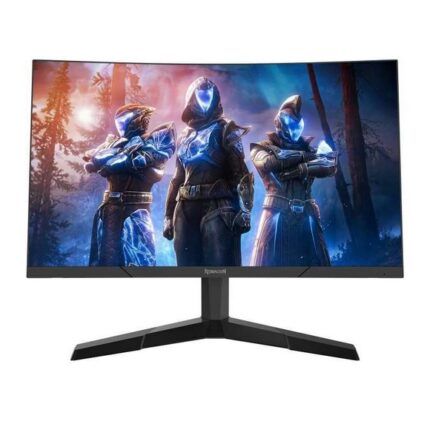



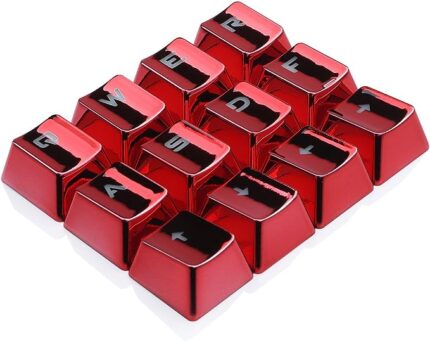




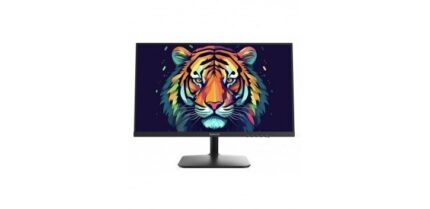
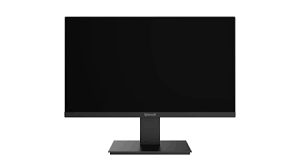

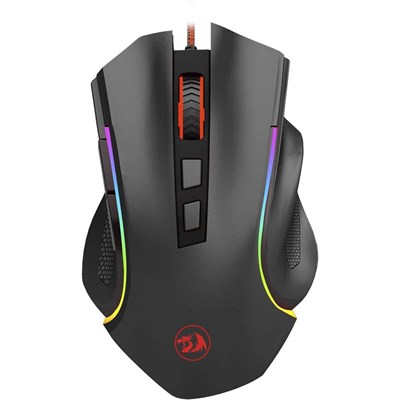
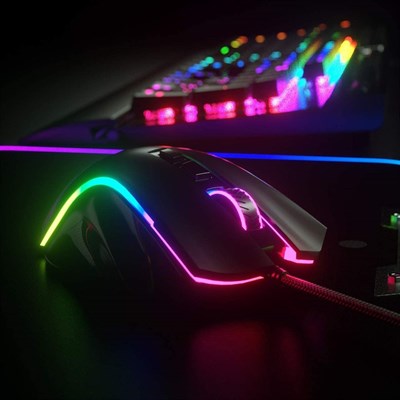


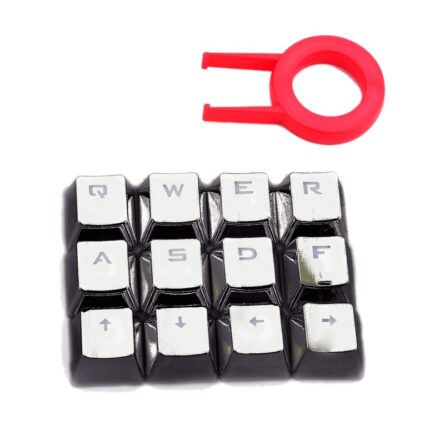
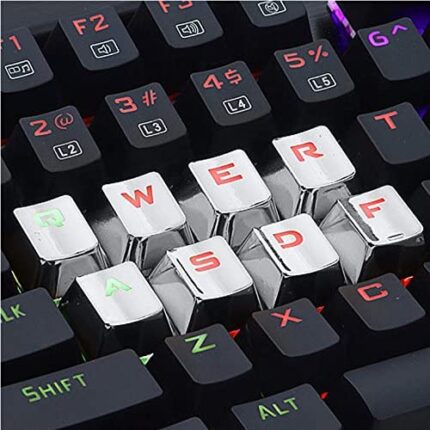

Reviews
There are no reviews yet.